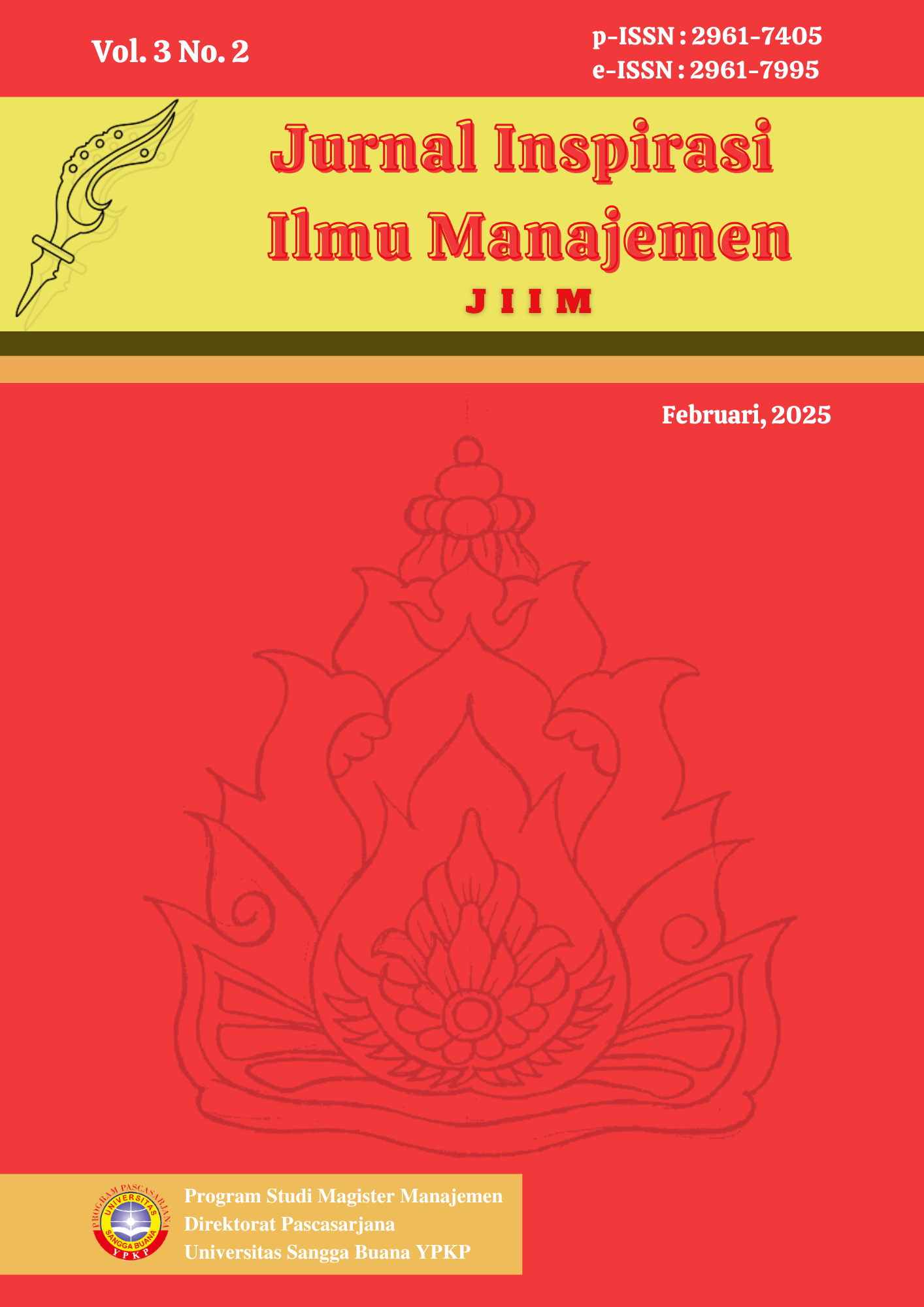INOVASI TEKNOLOGI DALAM E-BISNIS: SOLUSI UNTUK EFISIENSI ENERGI DAN PENGURANGAN EMISI KARBON
Main Article Content
Abstract
This article discusses the role of technological innovation in e-business as a solution for energy efficiency and carbon emission reduction, focusing on the implementation of various environmentally friendly technologies that can enhance the operational sustainability of companies. This research aims to analyze the impact of technologies such as Internet of Things (IoT)-based energy management systems, big data analytics, and cloud computing on reducing energy consumption and carbon footprints of companies. The methodology used is a qualitative approach with in-depth analysis of various case studies in the e-business sector that have successfully implemented green technologies. The findings indicate that the adoption of environmentally friendly technologies not only benefits the environment but also enhances operational efficiency and significantly reduces energy costs. With collaboration between government, private sector, and communities, the e-business sector can play a crucial role in global efforts against climate change.
Article Details
Authors retain copyright and grant the journal right of first publication with the work simultaneously licensed under a Creative Commons Attribution 4.0 International License that allows others to share the work with an acknowledgement of the work's authorship and initial publication in this journal.
References
Widyawati RL. Green Building Da-lam Pembangunan Berkelanjutan Konsep Hemat Energi Menuju Green Building Di Jakarta. J Kalibr Karya Lintas Ilmu Bid Rekayasa Ar-sitektur, Sipil, Ind. 2019;2(1).
Haerani D, Sukmawati A, Seran A, Putra H, Razali R, Iztihara R. Ino-vasi Bisnis Sebagai Solusi Per-cepatan Transisi Energi Baru dan Terbarukan yang Berkelanjutan untuk Mewujudkan Kelestarian Lingkungan. Journal of Social Science Research. 2023;3:8356–71.
Abrantes I, Ferreira AF, Silva A, Costa M. Sustainable aviation fuels and imminent technologies - CO2 emissions evolution towards 2050. J Clean Prod. 2021;313(June).
Lee DS, Fahey DW, Skowron A, Al-len MR, Burkhardt U, Chen Q, et al. The contribution of global aviation to anthropogenic climate forcing for 2000 to 2018. Atmos Environ.
;244:117834.
Grampella M, Lo PL, Martini G, Scotti D. The impact of technology progress on aviation noise and emis-sions. Transp Res Part A Policy Pract. 2017;103:525–40.
O'Connell A, Kousoulidou M, Lonza L, Weindorf W. Considerations on GHG emissions and energy balances of promising aviation biofuel path-ways. Renew Sustain Energy Rev. 2019;101(November 2018):504–15.
Staples MD, Malina R, Suresh P, Hi-leman JI, Barrett SRH. Aviation CO2 emissions reductions from the use of alternative jet fuels. Energy Policy. 2018;114(July 2017):342–54.
Turgut ET, Usanmaz O, Rosen MA. Empirical analysis of the effect of descent flight path angle on primary gaseous emissions of commercial aircraft. Environ Pollut. 2018;236:226–35.
Chiambaretto P, Mayenc E, Chappert H, Engsig J, Fernandez AS, Le Roy F. Where does flygskam come from? The role of citizens' lack of knowledge of the environmental im-pact of air transport in explaining the development of flight shame. J Air Transp Manag. 2021;93(March).
Wen Q, Chen Y, Hong J, Chen Y, Ni D, Shen Q. Spillover effect of tech-nological innovation on CO2 emis-sions in China's construction indus-try. Build Environ 2020;171(November 2019):106653.

